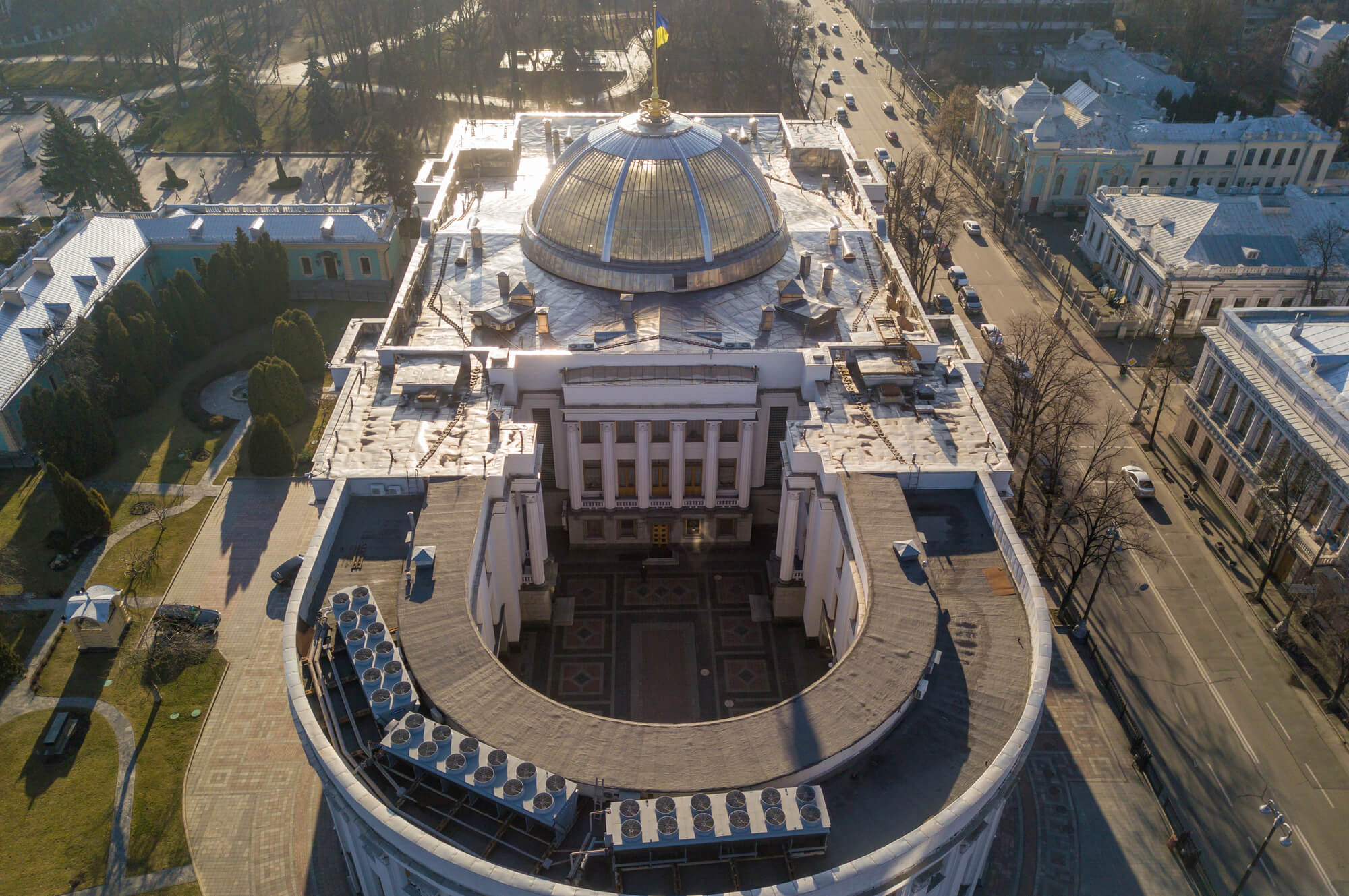In the previous post, we presented a quick analysis of the draft Budget 2015 and argued that it is a “disaster” budget: it undermines government’s reform credibility, wastes a window of opportunity to change, and poses a material threat to near-term financial and external stability of Ukraine.
A number of arguments support this conclusion:
- It contradicts the government’s action plan, presented a few weeks ago: to decrease government expenditures by 10% in 2015-2016;
- It is not a macro stabilization budget. Budget will run huge deficit of at least 9% of GDP. Deficit is to be chiefly monetized by the NBU, which restricts its monetary policy aimed to cut inflation.
- It pursues expansion of the government’s role in the economy. Central government expenditures will increase from 27.5% of GDP to 30.6% of GDP.
- It foresees more taxes, more administrative pressure. Many changes envisaged in the Tax Code are predatory for the economy, as they incentivize more tax evasion and do not consolidate resources for reform and sustaining the war;
- It provides the Cabinet with greater discretion over some expenditure items (i.e. removes rules);
- Reform priorities are not reflected in the budget. Many measures which are declared as reformists (decreasing the number of taxes, changes to administration of taxes, baby steps towards fiscal decentralization, de-regulation and improvement of business environment) are very incremental in nature. They neither turnaround the economy nor lay foundations for healthy recovery in 2016 onwards.
In the next few days, Members of Parliament will have two options.
1. To adopt the current version of budget (as it is or with some minor amendments, as major ones will be impossible in such a short time). This would most likely lead to the delay of the international assistance in January 2015, and related implications for the currency and the economy. Of course, (hyper)devaluation and (hyper)inflation are also the way to sort out Ukraine’s imbalances. But it will also push the country to a brink of loss of governability, and, perhaps, sovereignty.
2. To postpone the final vote and to substantially revise the budget in the meantime. It is time to realize that there is no way Ukraine can afford to have this kind of budget and an ideology put into its basis. First, the budget should be developed based on estimated realistic level of revenues for 2015, provided no big changes in tax rates. It is better to make conservative estimates and revise them upward later, than to have overly optimistic ones and never achieve them. Tax changes should be considered very carefully and if they are to be made, they should come into force at least in 6 months after voting. Second, expenditure policy should be completely revised to include or at least to lay foundation for major reform priorities (deregulation, public service reform, addressed and monetized social assistance instead of non-transparent subsidies, energy sector reform). Third, radical cut in deficit and ban on a pre-set volume of NBU transfers should be incorporated. Fourth, Ministry of Finance should consider taking the increased defence-related spending out of the annual budgets and running it as a separate multiyear capacity-building program that would allow for direct financing from individuals, companies, and foreign governments to enable military technical assistance and technology transfer. Finally, the government should demonstrate a real, not verbal, effort in tackling massive corruption schemes flourishing inside and being nourished by the budget. It’s inappropriate to solve the fiscal problems of the country at the expense of ordinary taxpayers (through raising taxes), savers (through accelerating inflation), leaving untouchable an army of crooks and rogues, who will continue to rob the country.
Annex
Some insight into expenditures:
- Total central budget expenditures are set to be at UAH 527 billion, up 21%.
- Breakdown by agencies shows, Ukraine will still fund 100+ of various government agencies, controlling bodies, state services, committees, and ministries’ apparatus. Only for 8 of them, financing is eliminated completely, while for 23 it is cut by 50% and more. For rest it is either window dressing cuts, or increase. There will be 8 newly created financing programs, and 15 government bodies will get 50%+ increase in financing.
| Expenditures, in UAH million | 2015 | % of total |
| Pension fund | 90,656 | 17% |
| Interest on debt | 74,660 | 14% |
| Health care subvention to local budgets | 45,700 | 9% |
| Education subvention to local budgets | 42,578 | 8% |
| Social assistance subvention to local budgets | 42,318 | 8% |
| National security operations | 30,983 | 6% |
| Higher education | 17,819 | 3% |
| Debt servicing for Ukrainian roads | 17,411 | 3% |
| Interior security operations | 14,160 | 3% |
| Utilities subvention to local budgets | 11,457 | 2% |
| TOTAL | 527,194 | 100% |
Some insight into revenues:
- Overall central budget revenues are expected to be at UAH 471 billion, or +26% to what was planned for 2014.
- Despite the deep depreciation of national currency, additional import tariffs are introduced
- Budget 2015 envisages minor changes to revenue redistribution between local and central budgets, but it doesn’t change an overall picture. In case of Kyiv it became even more centralised. The proposed budget draft (and accompanying Budget Code changes) triples the share of PIT revenues going to the central budget, while PIT is the major revenue source for local budgets
- Breakdown by major tax and non-tax item shows how unrealistic assumptions are.
- Transfers from the NBU are anomalous, and look more like a “residual” item to get a lower deficit. Moreover, several items to be financed by the NBU, like purchasing public debt to re-capitalize banks and Naftogas are not shown as deficit despite their deficit-like impact
| Revenues, in UAH million | 2015 | 2014 plan | 9m2014 |
| VAT for imports | 126,400 | 109,539 | 74,067 |
| NBU transfers | 65,400 | 22,807 | 22,807 |
| Personal income tax | 42,326 | 14,192 | 7,167 |
| Excise for domestically produced goods | 36,525 | 31,918 | 20,794 |
| Corporate income tax | 33,573 | 40,290 | 33,089 |
| Rents for natural resources extraction | 33,438 | 20,379 | 11,384 |
| Import duties | 31,472 | 15,628 | 8,657 |
| VAT for domestically produced goods, net | 29,708 | 39,531 | 19,408 |
| Excise for imports | 23,501 | 13,010 | 11,720 |
| Other taxes (10 items) | 8,637 | 13,098 | 10,604 |
| Other non-tax revenues | 39,863 | 53,968 | 41,172 |
| TOTAL | 470,842 | 374,362 | 260,869 |
Attention
The authors do not work for, consult to, own shares in or receive funding from any company or organization that would benefit from this article, and have no relevant affiliations



